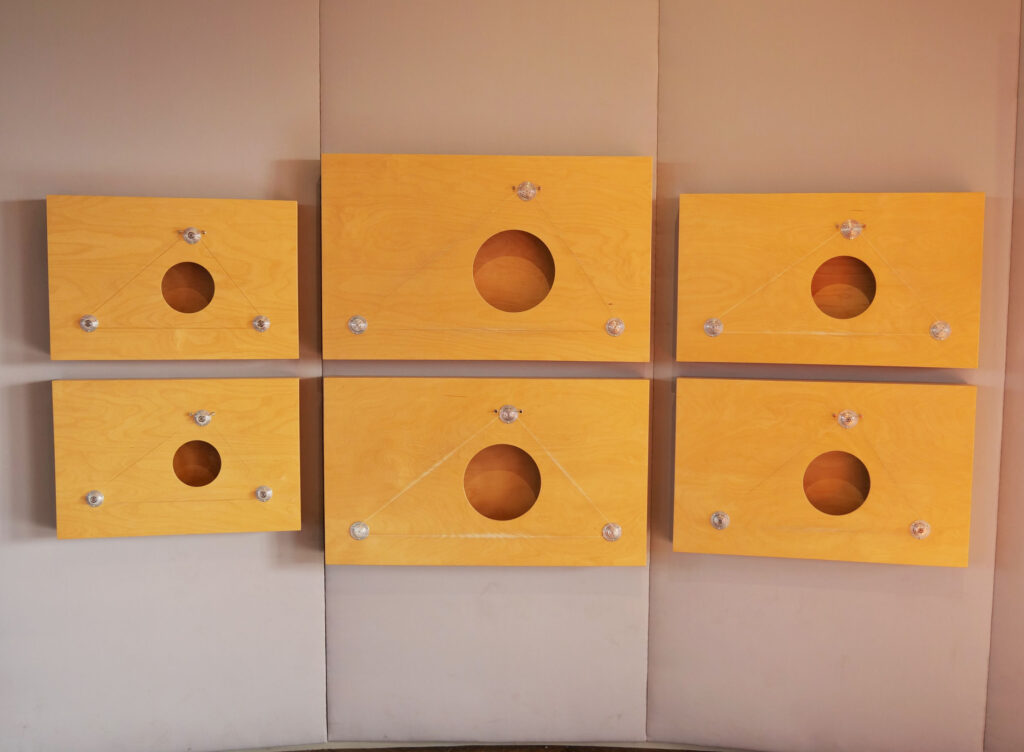Triadic Triangles
Since ancient times, the monochord has been used as a medium for conveying music theory knowledge. A string with a fixed fundamental pitch is stretched over a resonance box. If one divides the string into two parts with a bridge while keeping the string tension unchanged, one can examine the dependence of the pitches on the lengths of the string parts.
According to tradition, the discovery that simple length ratios such as 1:2, 2:3, 3:4 also correspond to elementary musical intervals must have inspired the Pythagoreans to far-reaching interpretations. Some commentators see in this discovery the birth of science par excellence.
So while the theoretical and practical study of musical intervals can look back on a venerable history spanning thousands of years, the major and minor triads are fairly recent items that have only been discussed for 400 years, at least in theory. In 1612, the theologian and music theorist Johannes Lippius coined the term trias harmonica. He argued that a series of harmonies, which we today call triadic inversions, are all to be regarded as appearances of that abstract object. Lippius saw in the Trias Harmonica nothing less than a musical expression of the Holy Trinity.
The triads developed by Bernhard Ganter combine in an original way the concept of triads as independent music-theoretical objects with the didactic tradition of the monochord. In each of the six triads, a string stretched around the entire triangle is divided into three sections of different lengths. Freely rotatable cylinders in two of the three corners ensure that the tension of the string on the sections is more or less balanced. As a result, the lengths of the triangle sides concerned are inversely proportional to the frequencies of the notes played with them. Each of the six triads conveys geometrically and acoustically the intervals of a triadic inversion of a major or minor triad. The concrete ratios can be taken from the following table 1.


